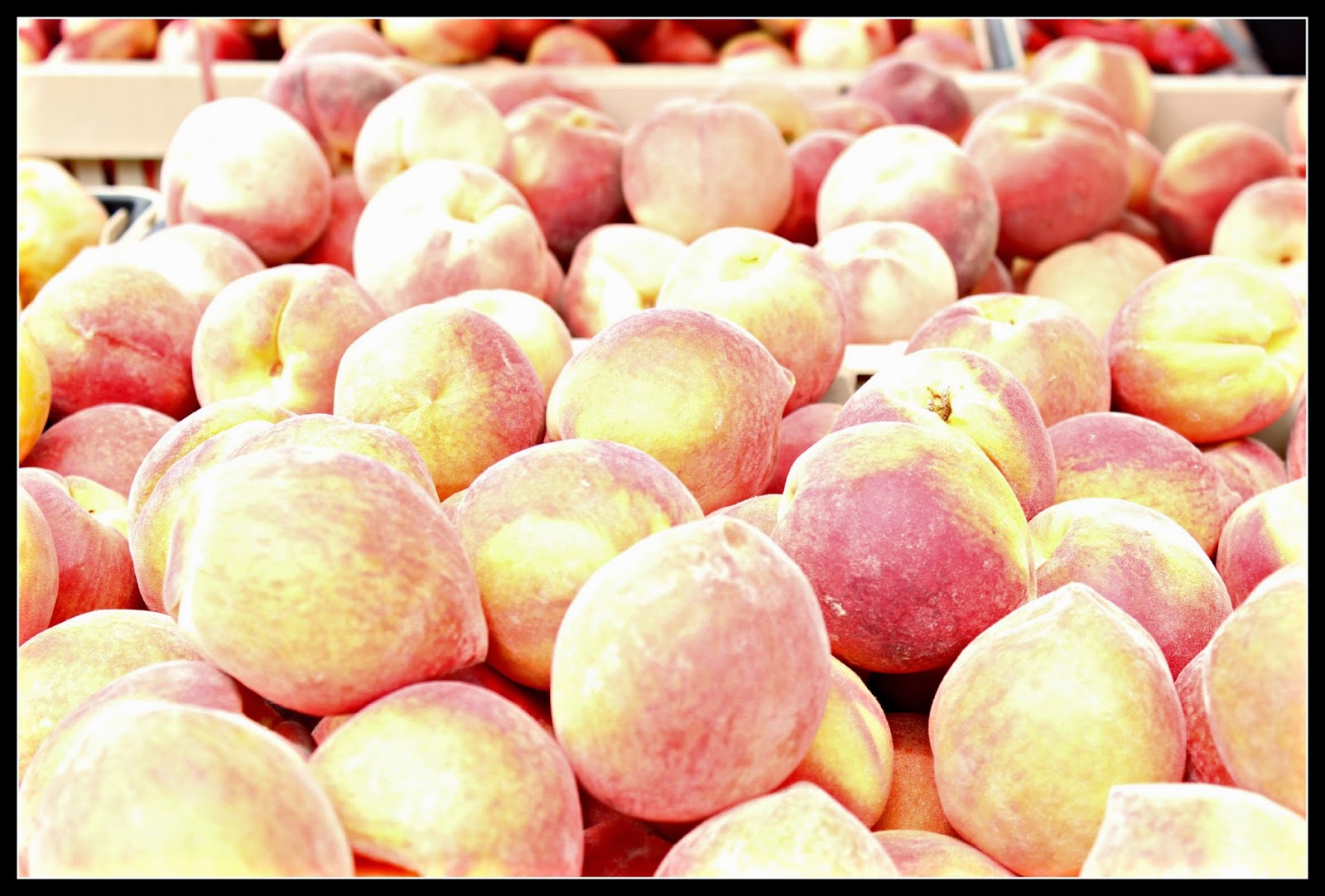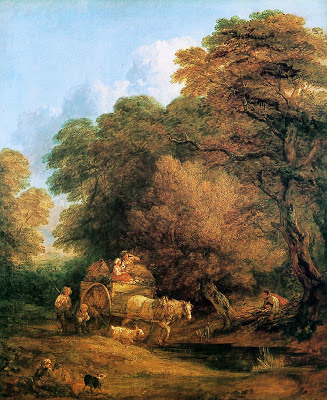Few things are better than going back to nature’s simplicity when buying
food. No heavy pesticides, artificial flavoring, or wax covered fruit. Farmer
markets offer an opportunity to experience products how they were before mass
marketing and encourage support of local farming families. Consider the
difficulties many small productions have in getting recognition for their
brands.
In San Diego, local farmer markets enhance the décor and culture of the
downtown regions. Local residents and
visitors enjoy seeing the sites and walking around the markets to see what
local products are available. Cottage industry sales become part of local
expression in the form of native produce, crafts, jewelry, clothing, and food.
Two farmer markets are within a few miles of each other and are easily
walked.
Third Avenue Certified
Farmers Market and Asian Bazaar: A rather small farmer market that appears to be
slowing down in terms of participants. One can visit local Chinese restaurants,
stores, and museum while picking up a few household items. There isn’t a lot of
fruit or vegetables but there are local businesses and vendors with items for
sale. Consider Olivetti’s Fine Oils and Vinegars at
http://www.olivettioilandvinegar.com
Sunday:
9:00 AM to 1:00 PM
400 block of Third Ave. between Island Ave and J Street
400 block of Third Ave. between Island Ave and J Street
Seaport Village Headquarters: A fairly strong market that offers fruit & vegetables, household items, jewelry , honey, bags and clothing. It isn’t as large as some of the other markets offered on Saturday but does provide many of the basic items you need. Of particular interest are the natural free range eggs. Papa’s Garden offers a playground for their exceptionally cared for chickens. You can order at papas_garden@hotmail.com
Sunday:
10:00-2:00PM
Harbor
Drive and Pacific Highway
Farmer
markets are more than simply selling products for profit. They also take on a
form of direct marketing allowing small businesses to gain interest and
attention from their target market (Tijani & Yano, 2007). There isn’t much
difference between farmer markets and the ancient bazaars. It becomes a place of
community where people meet, talk, socialize, and purchase products. If nothing
else it gets people enjoying the outdoors.
Tijani,
S. & Yano, I. (2007). The direct farmer’s market: a tool for rural female
empowerment. Direct Marketing, 1 (4).




